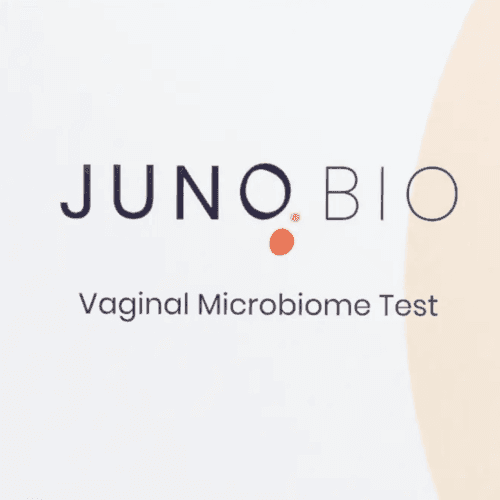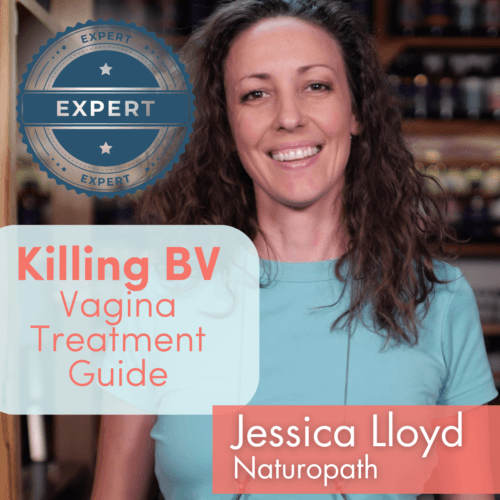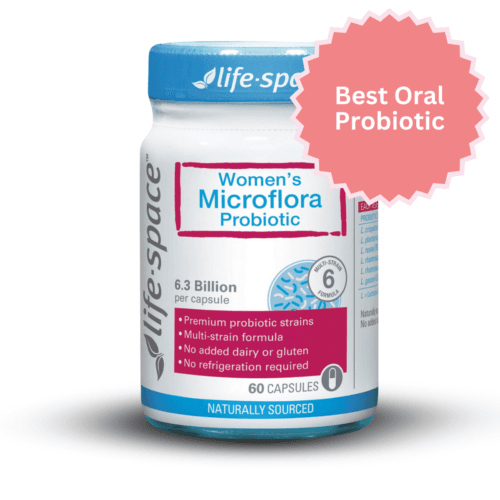Vulvovaginal-gingival syndrome is a chronic, degenerating variety of lichen planus (LP) characterised by a loss of cells on the outer layer of the vulva, vagina and gingiva in the mouth.1 The mucous membranes become inflamed, and lesions like ulcers appear.
The disease usually starts in the mouth with oral lichen planus, with 20 per cent of those developing genital lesions inside the vagina and on the vulva.2 Vulvovaginal symptoms can come first, or follow.
The triad of symptoms defines vulvovaginal-gingival syndrome – inflammation and sores on the vulva, vagina and gingiva – known as vulvovaginal-gingival lichen planus ((VVG)-LP).3
VVG-LP has been considered rare, but it is likely being underreported rather than under-experienced. Underreporting occurs because we go to the dentist for mouth problems and to the gynaecologist for vagina problems, and never the twain shall meet.
Symptoms of vulvovaginal-gingival lichen planus
- Erosive ulcers in the mouth
- Erosive ulcers in the vulva and vagina
- Ulcers may appear on the vestibule
- Ulcers may be painful
- Symmetrical lesions on both sides may appear
- Nail, hair and scalp symptoms may be present
- The mucosa of the eye and oesophagus may be affected
- Postmenopause, labia may fuse, especially in the presence of other dermatological or inflammatory conditions
- Vulvar or vaginal swelling
Over time, scars can form, resulting in shrinkage/thickening of the mucosa, which comes with its own set of issues for the person affected, including difficulties with sex.4 The vaginal canal can become narrowed, and structures can fuse, such as the labia, clitoral hood, clitoris, and vaginal entrance.
Scarring is much more common in VVG-LP than other forms of LP.
Who gets VVG-LP?
To figure out who gets VVG-LP, we need to know who gets the original condition, oral lichen planus (OLP). Oral lichen planus is reasonably common, with 1-2 per cent of those aged over 15 years experiencing symptoms.
Women get OLP more than men, and the most common time to get it is between ages 50 and 60.5
Causes of VVG-LP
Researchers aren’t sure what causes VVG-LP, but an autoimmune component is one hypothesis.6 Some reports suggest a link between hepatitis-C-related liver damage and lichen planus.
There is another hypothesis that the immune system fights the basilar keratinocytes – the mucous membrane cells that turn into the ulcers, and a strong association with other autoimmune diseases.
Genetic or pathogenic factors may be involved. In genetic research, there is a possible association with the allele linked with coeliac disease, certain forms of dermatitis, diabetes, vitiligo and Grave’s disease.
Differential diagnosis: what else could it be?
Other conditions that appear similar include pemphigoid and pemphigus vulgaris; however, a biopsy is required to establish the difference. Other oral diseases may be present, as well.
- Desquamative inflammatory vaginitis7
- Erosive vulvitis
- Vulvar lichen sclerosis
Diagnosis of VVG-LP
Vulvovaginal-gingival lichen planus is determined using a biopsy, with other analysis performed to rule out other diseases.8 The sample is examined under a microscope, where specific features of the cells are sought to establish identification.
Research into VVG-LP
This variety of lichen planus is considered rare, with the most significant study group being 22 women.
Treatment of the lichen planus lesions was reasonably successful; however, it must these were management strategies only, and the disease remained active. Different therapeutic agents have varying levels of success.
Treatment of vulvovaginal-gingival lichen planus
The typical treatment for VVG-LP is systemic or local steroids or immunosuppressive therapy. 9,10Vulvovaginal oestrogens may be prescribed if symptoms appear to relate to the genitourinary syndrome of menopause (GSM).
References
- 1.Cooper SM, Haefner HK, Abrahams-Gessel S, Margesson LJ. Vulvovaginal Lichen Planus Treatment: A Survey of Current Practices. Arch Dermatol. Published online November 1, 2008. doi:10.1001/archderm.144.11.1520
- 2.Lucchese A, Dolci A, Minervini G, et al. Vulvovaginal gingival lichen planus: report of two cases and review of literature. Oral Implantol (Rome). 2016;9(2):54-60. doi:10.11138/orl/2016.9.2.054
- 3.Sharma N, Malhotra S, Kuthial M, Chahal K. Vulvo-vaginal ano-gingival syndrome: Another variant of mucosal lichen planus. Indian J Sex Transm Dis. Published online 2017:86. doi:10.4103/0253-7184.203432
- 4.Mirowski GW, Goddard A. Treatment of Vulvovaginal Lichen Planus. Dermatologic Clinics. Published online October 2010:717-725. doi:10.1016/j.det.2010.08.003
- 5.Cooper SM, Wojnarowska F. Influence of Treatment of Erosive Lichen Planus of the Vulva on Its Prognosis. Arch Dermatol. Published online March 1, 2006. doi:10.1001/archderm.142.3.289
- 6.Almutairi KF, Alshammari SB, Almutairi F, Almujalli A, Alsahman R, Faden A. Vulvo-Vaginal-Oral Lichen Planus: A Case Report and Literature Review. Cureus. Published online December 6, 2024. doi:10.7759/cureus.75204
- 7.Ramer MA, Altchek A, Deligdisch L, Phelps R, Montazem A, Buonocore PM. Lichen Planus and the Vulvovaginal‐Gingival Syndrome. Journal of Periodontology. Published online September 2003:1385-1393. doi:10.1902/jop.2003.74.9.1385
- 8.Day T, Wilkinson E, Rowan D, Scurry J. Clinicopathologic Diagnostic Criteria for Vulvar Lichen Planus. J Low Genit Tract Dis. Published online March 21, 2020:317-329. doi:10.1097/lgt.0000000000000532
- 9.Kherlopian A, Fischer G. Identifying predictors of systemic immunosuppressive treatment of vulvovaginal lichen planus: A retrospective cohort study of 122 women. Aust J Dermatology. Published online May 2, 2022:335-343. doi:10.1111/ajd.13851
- 10.Deen K, McMeniman E. Mycophenolate mofetil in erosive genital lichen planus: A case and review of the literature. The Journal of Dermatology. Published online January 13, 2015:311-314. doi:10.1111/1346-8138.12763
The most comprehensive vaginal microbiome test you can take at home, brought to you by world-leading vaginal microbiome scientists at Juno Bio.
Unique, comprehensive BV, AV and 'mystery bad vag' treatment guide, one-of-a-kind system, with effective, innovative treatments.
Promote and support a protective vaginal microbiome with tailored probiotic species.





